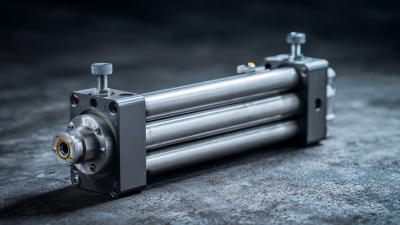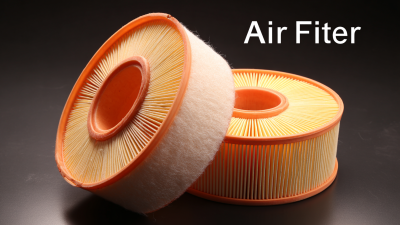 +86 13794985240
+86 13794985240
Leave Your Message
-
 CONTACT NUMBER
CONTACT NUMBER -
 CONTACT NUMBER
CONTACT NUMBER -
 CONTACT NUMBER
CONTACT NUMBER



In the realm of earth moving equipment, the durability and functionality of components play a critical role in ensuring efficient operations. Among these components, bucket teeth stand out as essential elements that directly influence the performance of excavators, loaders, and other machinery. Understanding the durability of bucket teeth is crucial for operators, as it affects not only the effectiveness of the equipment but also the overall cost of maintenance and repair.
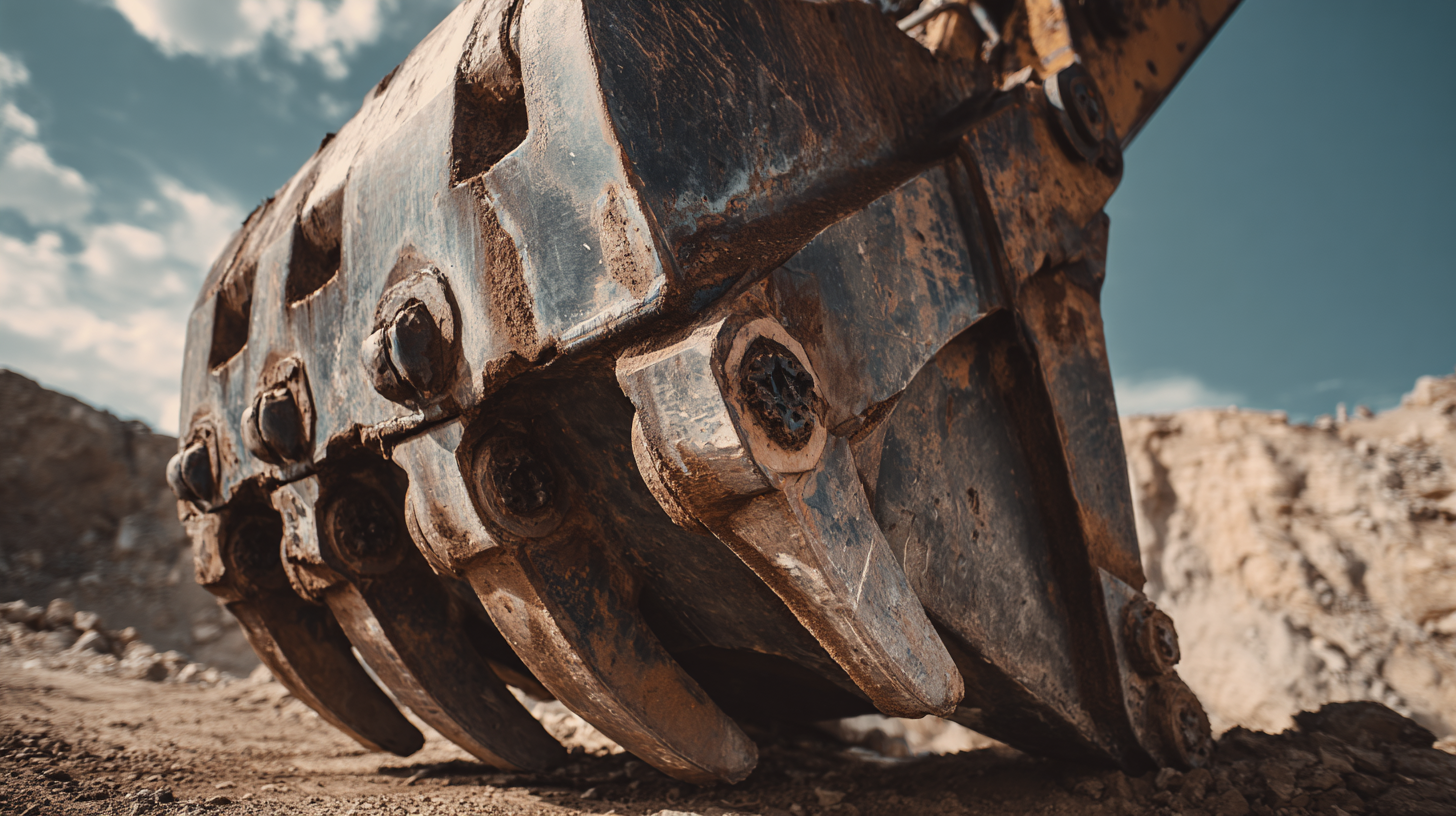
This article delves into the various factors that contribute to the longevity of bucket teeth, including material composition, design features, and environmental considerations. Additionally, we will explore the diverse applications of bucket teeth across different industries, highlighting their significance in tasks ranging from construction to mining.
By grasping the intricacies of bucket teeth, professionals can make informed decisions that enhance productivity and reduce downtimes, ultimately leading to more successful project outcomes.
Bucket teeth play a crucial role in enhancing the efficiency and effectiveness of earth-moving equipment. Among the various types available, the most common include standard teeth, heavy-duty teeth, and ripper teeth. Standard teeth are designed for general applications, suitable for lighter tasks such as grading and excavating. Heavy-duty teeth, on the other hand, are reinforced to withstand the rigors of tougher jobs, making them ideal for rocky or hard ground conditions. Ripper teeth, often featuring a pointed design, are specifically engineered to penetrate and break up tough soils or materials, making them valuable in demolition or landfill site operations.
Tips: When selecting bucket teeth, consider the specific application and soil conditions. Using the appropriate type can significantly enhance productivity and extend the lifespan of your equipment. Regular maintenance and timely replacements of worn teeth will prevent further damage to the bucket and improve overall cost efficiency.
Additionally, there are also specialized teeth such as claw or flat-edge options which can be beneficial for specific applications, like trenching or material loading. Understanding the right type of bucket tooth for your job can lead to improved performance and reduced downtime of your earth-moving machinery.
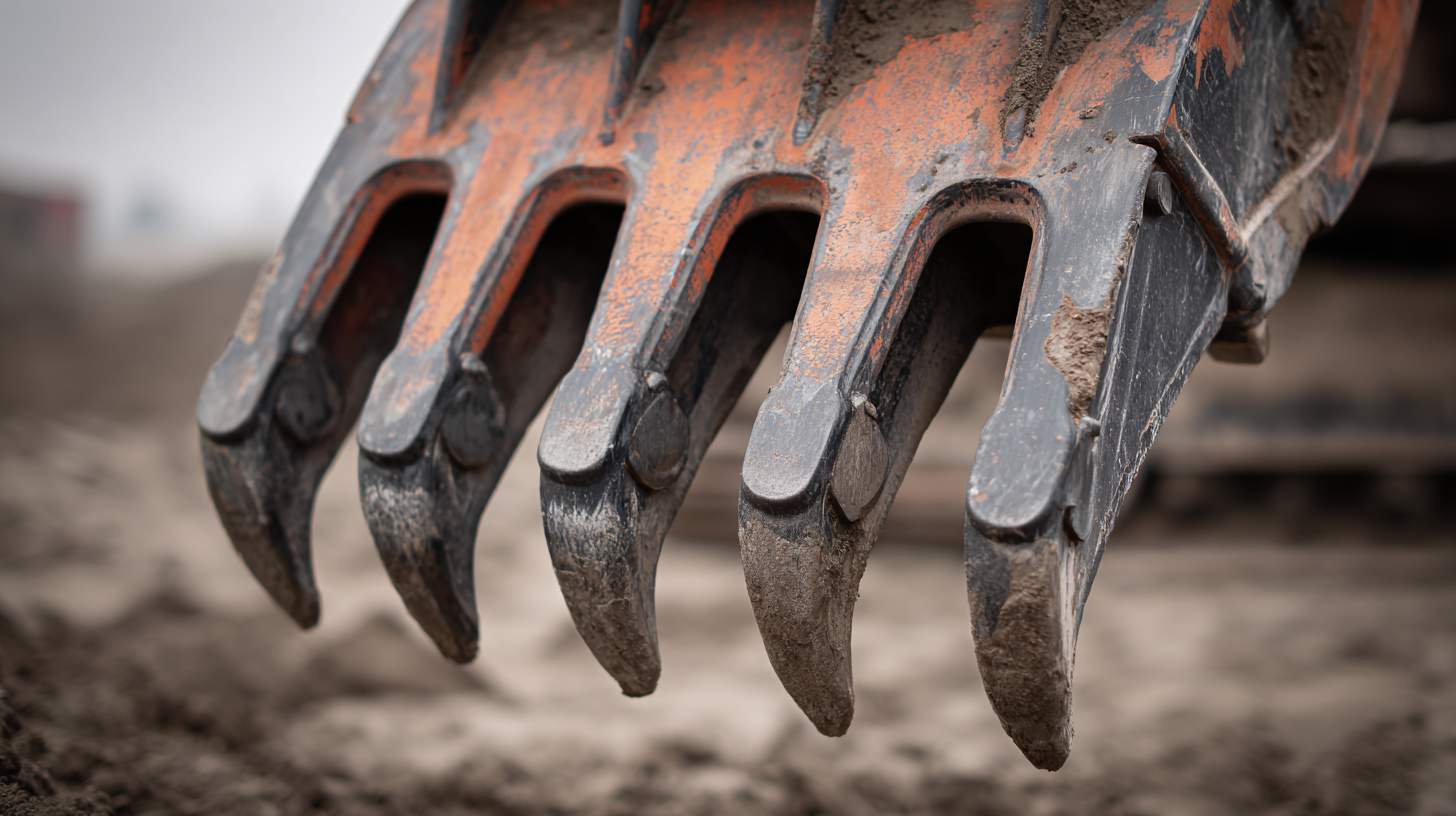
The durability of bucket teeth in earthmoving equipment is significantly influenced by key material properties, which are crucial for ensuring optimal performance in demanding applications. The selection of high-strength materials, like Q690D steel, enhances the resilience of these components against wear and deformation during operation. Recent studies have highlighted how variations in welding current can alter the microstructure of welded joints, affecting their mechanical properties and overall strength. This is particularly relevant given that bucket teeth often undergo intense stress and fatigue, necessitating a careful balance between toughness and hardness in the materials used.
Understanding the fatigue behavior of bucket teeth is also critical, especially in hydraulic excavators where the buckets are subjected to cyclic loads. Simulation studies focusing on strength and fatigue analysis reveal that precise engineering can predict potential failure points and help optimize design for improved longevity. By examining these material properties and their interactions during the welding process, manufacturers can enhance the durability of bucket teeth, reducing downtime and maintenance costs in industrial applications.
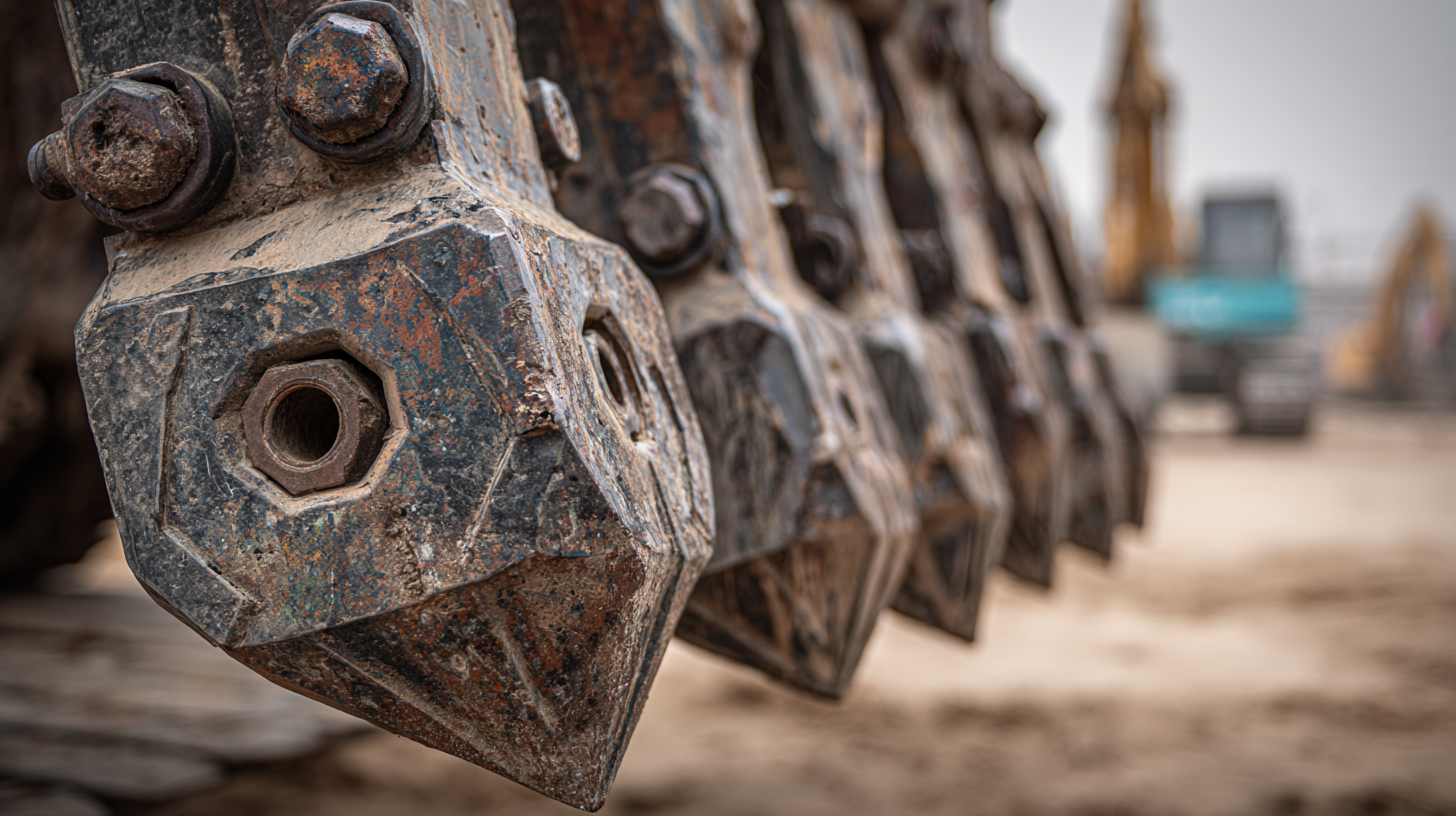
Bucket teeth are critical components in earthmoving equipment, primarily used in construction and mining operations. They are designed to enhance the efficiency of excavators, loaders, and other heavy machinery by providing improved digging and penetration capabilities. According to a report by the International Journal of Mining and Mineral Engineering, high-quality bucket teeth can increase productivity by up to 15% compared to standard teeth. This efficiency is vital in projects where time and productivity are closely monitored.
In construction, bucket teeth are often employed in tasks such as trenching, grading, and material handling. These operations require reliable and durable teeth that can withstand abrasive conditions. The Mining Industry’s Equipment and Technology Report indicates that the global demand for bucket teeth in mining applications has surged, with a projected market growth of 6.2% annually over the next five years. This growth is attributed to the increasing need for effective resource extraction and the expansion of mining operations worldwide. By utilizing specialized bucket teeth designed for specific materials, companies can optimize their earthmoving equipment and reduce operational costs significantly.
| Application | Material | Durability (Hours of Use) | Maintenance Frequency |
|---|---|---|---|
| Excavation | High-carbon Steel | 500-700 | Every 50 hours |
| Grading | Carbide-tipped Steel | 800-1000 | Every 100 hours |
| Site Preparation | Alloy Steel | 600-900 | Every 70 hours |
| Mining | High-strength Steel | 700-900 | Every 80 hours |
| Trenching | Wear-resistant Steel | 400-600 | Every 40 hours |
When selecting bucket teeth for earth-moving equipment, several factors come into play that can greatly influence performance and durability. The type of material used in the teeth, the specific application of the equipment, and the conditions of the job site are critical considerations. For instance, high-abrasion environments may require teeth made from harder materials to withstand wear, while softer materials are suitable for less demanding tasks. Additionally, understanding the bucket design and its compatibility with various tooth types can lead to improved efficiency and reduced downtime.
Tips: When choosing bucket teeth, always assess the specific application requirements. For example, if you're working in rocky terrains, consider using a heavy-duty tooth designed for impact and wear resistance. Regularly inspect bucket teeth for signs of damage, as early detection can prevent more extensive repairs. Finally, consult equipment manuals to ensure that the selected teeth fit properly with the bucket, optimizing performance for your loader.
The evolution of wheel loader buckets has led to the availability of specialized options beyond general-purpose designs. Depending on the task at hand—whether it involves handling loose materials or heavy, compact ground—aligning the type of bucket teeth with operational demands will enhance productivity. Remember, investing in the right bucket teeth not only improves efficiency but also extends the lifespan of your equipment.
Maintaining bucket teeth in earth-moving equipment is essential for optimizing productivity and extending their lifespan. Regular inspections are crucial; according to a report by the Equipment & Engine Training Council, improperly maintained bucket teeth can lead to premature wear and damage, resulting in costs up to 30% more in repair and replacement. Operators should closely monitor the wear patterns and replace teeth showing significant wear as part of a proactive maintenance strategy.
Additionally, proper installation techniques significantly influence the performance and durability of bucket teeth. A study from the International Society of Automation emphasizes that incorrect fitting can result in misalignment, leading to uneven stress distribution. Ensuring the teeth are correctly seated and torqued can enhance their longevity considerably. Adopting a systematic approach to maintenance, including routine cleaning and greasing of fittings, can further extend the service life of bucket teeth, allowing equipment to function efficiently throughout demanding projects.
This chart illustrates the durability performance of different types of bucket teeth used in earth moving equipment, based on the percentage of usage hours before requiring replacement. The data indicates the lifespan associated with various materials and designs of bucket teeth.


